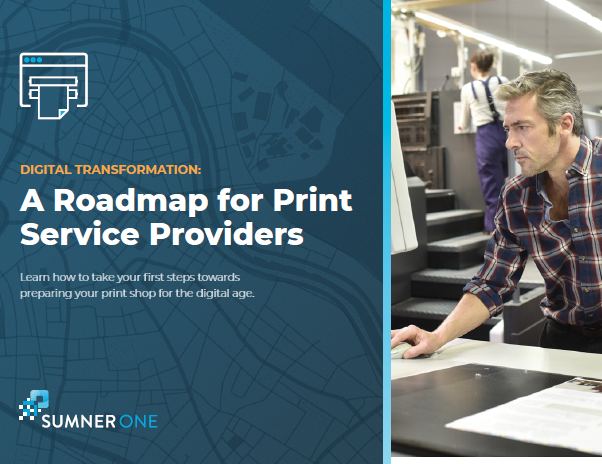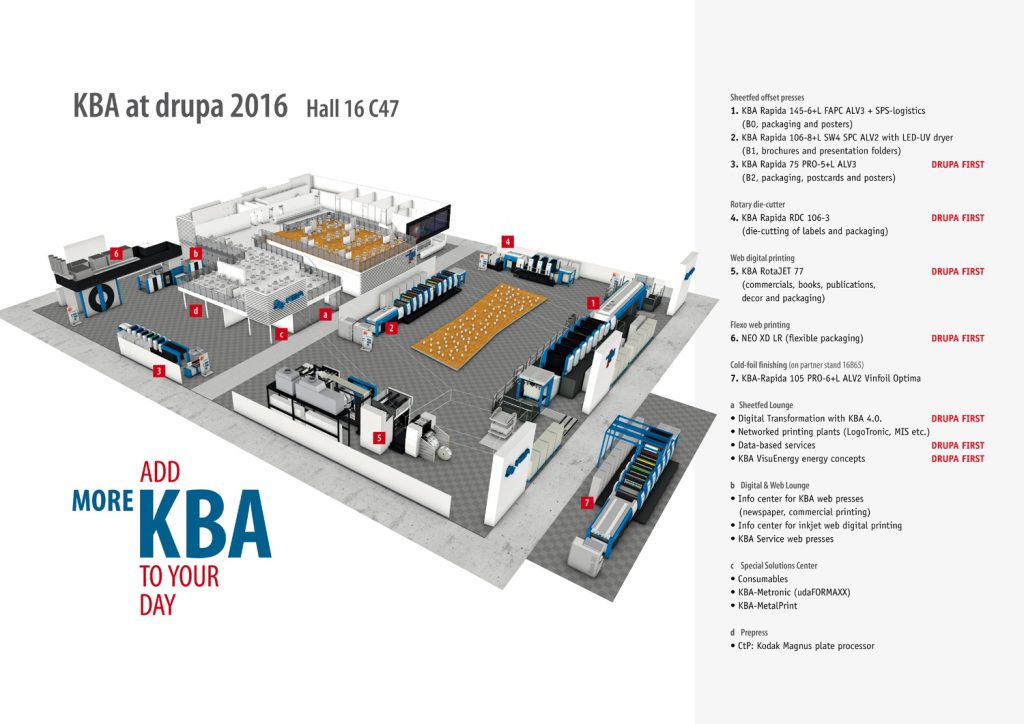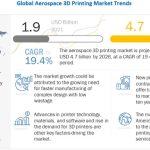Introduction
Offset printing has long been a popular choice for high-quality, large-scale printing projects. However, with the advent of digital technology, the printing industry has undergone significant changes. In this blog post, we will explore how offset printing technology is evolving in the digital age and the impact it has on the printing industry.
The Rise of Digital Printing
Digital printing has revolutionized the printing industry by offering faster turnaround times, lower costs, and the ability to print on demand. This has made it a popular choice for small print runs and personalized printing projects. As a result, offset printing technology has had to find ways to compete with the advantages offered by digital printing.
Improved Efficiency
One way offset printing technology has evolved is by improving its efficiency. Offset presses now come equipped with advanced automation features that reduce setup times and increase productivity. This allows print shops to handle shorter print runs more efficiently, making offset printing a viable option even for smaller projects.
Enhanced Color Management
Color accuracy is crucial in the printing industry, and offset printing has always excelled in this area. However, digital printing has made significant advancements in color management as well. To stay competitive, offset printing technology has incorporated advanced color management systems that ensure consistent and accurate color reproduction.
Integration of Digital Technology
Offset printing technology has also embraced digital technology to enhance its capabilities. Many offset presses now come equipped with digital front ends (DFEs) that allow for seamless integration with digital workflows. This integration enables print shops to combine the benefits of offset printing, such as high-quality prints, with the efficiency and flexibility of digital processes.
Variable Data Printing
One of the key advantages of digital printing is the ability to personalize prints with variable data. Offset printing technology has adapted to this demand by incorporating variable data printing capabilities. This allows print shops to offer personalized prints while still benefiting from the superior print quality and cost-effectiveness of offset printing.
Hybrid Printing

Hybrid printing is another area where offset printing technology is evolving. This involves combining offset and digital printing technologies to achieve the best of both worlds. Hybrid printing allows print shops to utilize the speed and flexibility.
Summary
Offset printing, a traditional printing method that involves transferring ink from a plate to a rubber blanket and then onto the printing surface, has been widely used for decades. It offers excellent image quality, color accuracy, and consistency, making it ideal for large print runs and projects that require precise color reproduction.
However, the rise of digital printing technology has brought about new possibilities and challenges for the printing industry. Digital printing allows for shorter print runs, faster turnaround times, and variable data printing, which enables personalized content. These advantages have made digital printing increasingly popular, especially for small to medium-sized print jobs.
Despite the growing popularity of digital printing, offset printing continues to evolve and adapt to the digital age. One significant development is the integration of computer-to-plate (CTP) technology, which eliminates the need for film and allows for direct plate imaging from digital files. This advancement streamlines the prepress process, reduces costs, and improves overall efficiency.
Additionally, offset printing presses now often incorporate digital controls and automation, enabling faster setup times and reducing waste. This integration of digital technology enhances the precision and accuracy of offset printing, making it more competitive in today’s fast-paced printing industry.
Furthermore, offset printing has also embraced environmentally friendly practices. Many printers now use soy-based inks and water-based coatings, reducing the environmental impact of the printing process. Additionally, the ability to print on a wide range of substrates, including recycled and eco-friendly materials, further contributes to offset printing’s sustainability.
In conclusion, while digital printing has undoubtedly revolutionized the printing industry, offset printing technology continues to evolve and adapt to the digital age. With advancements such as CTP technology, digital controls, an d environmental sustainability practices, offset printing remains a viable and competitive option for high-quality, large-scale printing projects.
- Q: What is offset printing technology?
- A: Offset printing is a traditional printing method that uses plates to transfer ink onto a rubber blanket, which then applies the ink onto the printing surface.
- Q: How is offset printing evolving in the digital age?
- A: Offset printing technology is adapting to the digital age by incorporating computer-to-plate (CTP) systems, which eliminate the need for film and allow for direct plate imaging from digital files.
- Q: What are the advantages of offset printing in the digital age?
- A: Offset printing offers high image quality, consistent color reproduction, and the ability to print on a wide range of materials. It is also cost-effective for large print runs.
- Q: How does offset printing compare to digital printing?
- A: Offset printing is typically more suitable for large print runs, while digital printing is more cost-effective for small to medium quantities. Offset printing also provides a wider color gamut and better color accuracy.
- Q: What are the recent advancements in offset printing technology?
- A: Recent advancements include the integration of computerized controls for improved precision, faster setup times, and the ability to incorporate variable data printing for personalized content.
- Q: Is offset printing environmentally friendly?
- A: Offset printing has become more environmentally friendly with the use of soy-based inks, waterless printing techniques, and the reduction of volatile organic compounds (VOCs) in the printing process.

Welcome to my website! My name is David Banfield, and I am a professional Digital Printing Specialist with a passion for all things related to 3D Printing Services, Digital Printing Techniques, Offset Printing Insights, and Design Software Solutions. With years of experience in the industry, I am dedicated to providing valuable information and resources to help individuals and businesses make the most of their printing needs.



